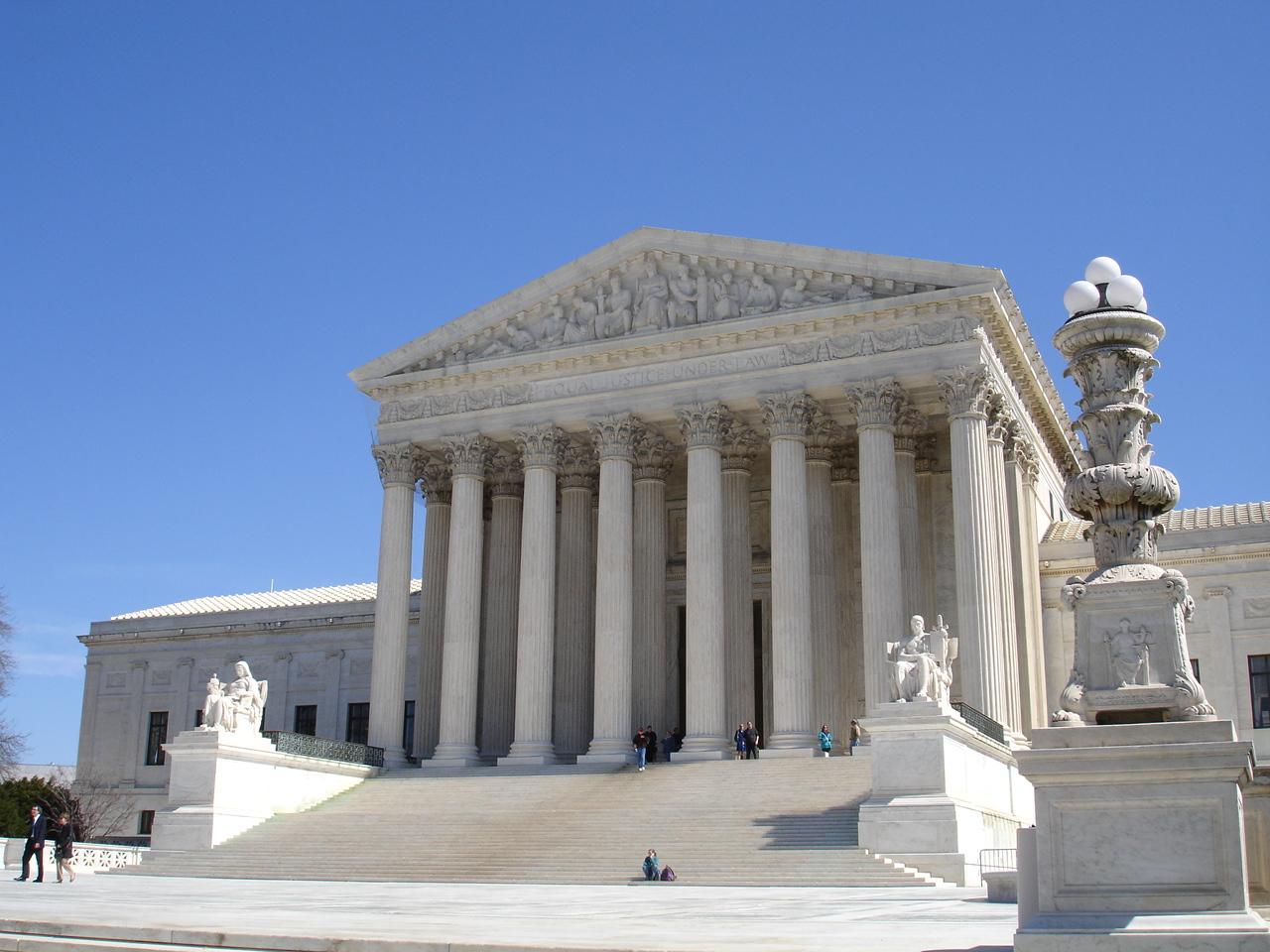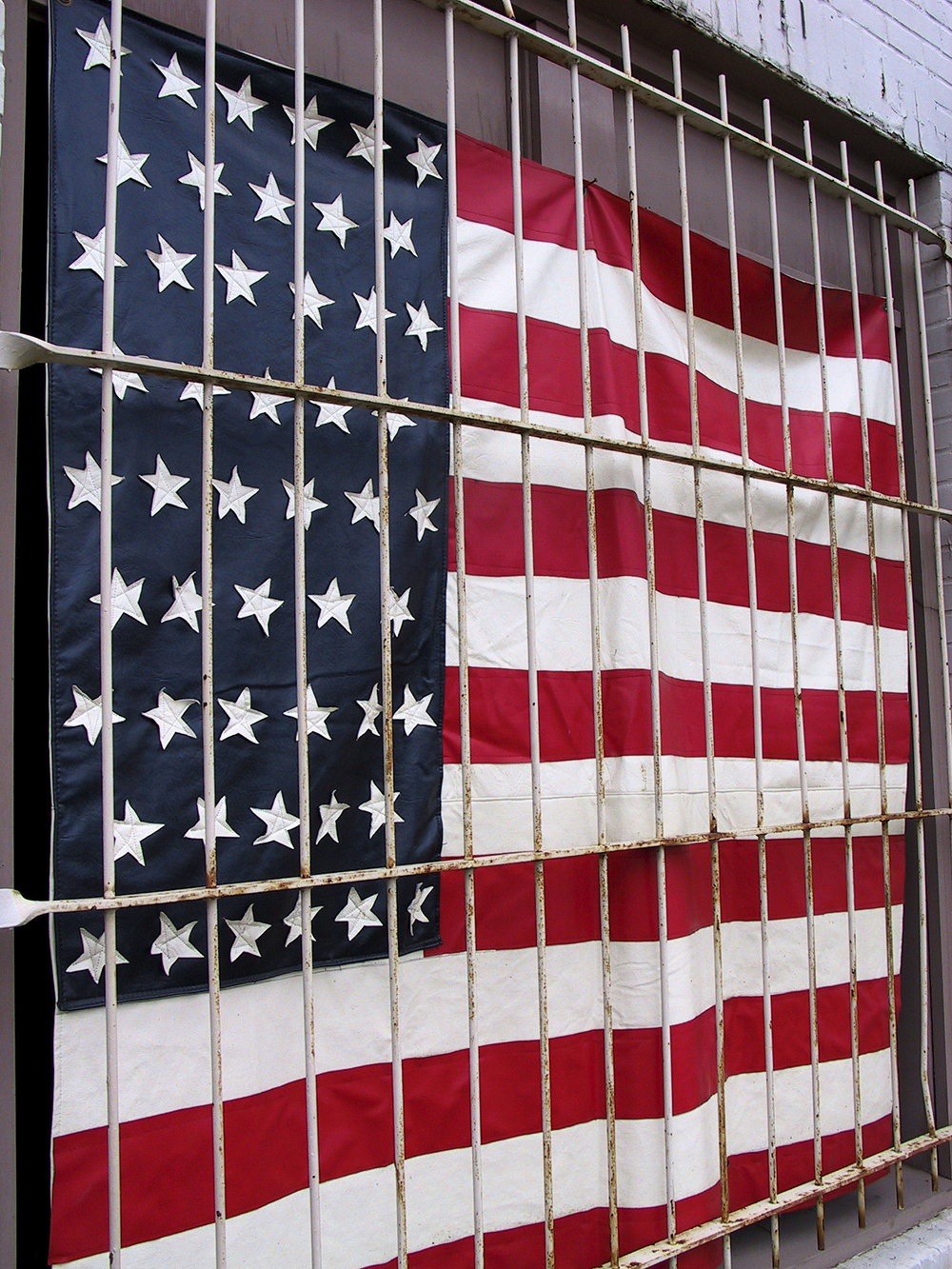SCOTUS Votes to Preserve First Amendment for Hunters!
Today the Supreme Court released their opinion in US v. Stevens, an important case to anyone who enjoys the outdoors or reads sportsmen’s magazines, with an 8-1 victory for free speech.
Robert Stevens was an unsympathetic plaintiff in a case that had the potential to hurt all hunters and outdoor media news sources. He was convicted of selling videos of illegal dog fights in Virginia. He happens to be the first person charged under a 1999 law that banned the depiction of animal cruelty. Unfortunately for lawful hunters, the definition of animal cruelty was extremely broad in the statute. In the amicus brief filed by NRA, the threats are outlined as such:
Although apparently intended to address only depictions of depraved animal cruelty such as crush videos, Section 48 also criminalizes hunting-related media that indisputably is entitled to First Amendment protection. For example, all of the following fall within Section 48(a)’s criminal prohibition: selling a video depicting a deer hunt to a citizen of the District of Columbia, showing a television program depicting a dove hunt to a citizen of Iowa, or selling a magazine with a photograph of a mountain lion hunt to a citizen of California. Yet organizations like the NRA, retailers like Wal-Mart and Amazon.com, and media companies like ESPN create and sell these types of media into these states every day, and therefore potentially run afoul of Section 48.
Section 48(b)’s exception for works of “serious†educational, journalistic, or artistic value does not eliminate the threat to hunting media from Section 48(a)’s overbroad prohibition. While enjoyable to millions of Americans, an average hunting video or television show might not be found by a jury to have “serious†educational, journalistic, or artistic value or—as the district court here interpreted the standard—to be of “great import.â€
Section 48 thus is not narrowly tailored to achieve—and does not use the least restrictive means to achieve—the Government’s stated objectives of eliminating animal cruelty and the societal implications flowing from animal cruelty. Moreover, Section 48 criminalizes substantially more protected speech, including hunting media, than all of the speech that the Government claims is unprotected. Section 48 is therefore substantially overbroad on its face.
Never has a statute that reaches this far beyond the Government’s stated interests—and that reaches so much protected speech—been upheld under the First Amendment.
Heard on October 6, Court watchers observed that the government’s case did not seem to persuade the justices that the federal law against depictions of animal cruelty were indeed narrow enough to exclude activities such as hunting. Though the government said the Court should just “trust them” to not prosecute hunters, Justice Stephen Breyer questioned whether relying on such discretion would likely chill the speech of citizens. With an 8-1 opinion authored by Chief Justice John Roberts, it is clear the argument was not at all convincing. (These quotes are from the syllabus, as the full opinion is much longer. I will update with a new post focusing on the dissent and other arguments from the lead opinion tomorrow.)
(4) Despite the Government’s assurance that it will apply §48 to reach only “extreme†cruelty, this Court will not uphold an unconsti-tutional statute merely because the Government promises to use itresponsibly. Nor can the Court construe this statutory language to avoid constitutional doubt. A limiting construction can be imposedonly if the statute “is ‘readily susceptible’ to such a construction,†Reno v. American Civil Liberties Union, 521 U. S. 844, 884. To read §48 as the Government desires requires rewriting, not just reinterpretation.
(5) This construction of §48 decides the constitutional question. The Government makes no effort to defend §48 as applied beyondcrush videos and depictions of animal fighting. It argues that those particular depictions are intrinsically related to criminal conduct orare analogous to obscenity (if not themselves obscene), and that the ban on such speech would satisfy the proper level of scrutiny. But the Government nowhere extends these arguments to other depic-tions, such as hunting magazines and videos, that are presumptivelyprotected by the First Amendment but that remain subject to §48.Nor does the Government seriously contest that these presumptivelyimpermissible applications of §48 far outnumber any permissible ones. The Court therefore does not decide whether a statute limited to crush videos or other depictions of extreme animal cruelty would be constitutional. Section 48 is not so limited but is instead substan-tially overbroad, and therefore invalid under the First Amendment.
It is also clear that the Court took the arguments of NRA and many other pro-hunting organizations (including Safari Club International, Congressional Sportsmen’s Foundation, Professional Outdoor Media Association, Pennsylvania Outdoor Writers Association, and National Shooting Sports Foundation) seriously as well.
Depictions of entirely lawful conduct may run afoul of the ban if those depictions later find their way into States where the same conduct is unlawful. This greatly expands §48’s scope, because views about animal cruelty and regulations having no connection to cruelty vary widely from place to place. Hunting is unlawful in the District of Columbia, for example, but there is an enormous nationalmarket for hunting-related depictions, greatly exceeding the demandfor crush videos or animal fighting depictions. Because the statute allows each jurisdiction to export its laws to the rest of the country, §48(a) applies to any magazine or video depicting lawful hunting thatis sold in the Nation’s Capital. Those seeking to comply with the lawface a bewildering maze of regulations from at least 56 separate ju-risdictions.
Shortly after it was heard, some pundits predicted that Justice Samuel Alito may not want to throw out the overly broad law based on his questions posed during arguments. It turns out they were spot on, as he was the only dissenting Justice.

